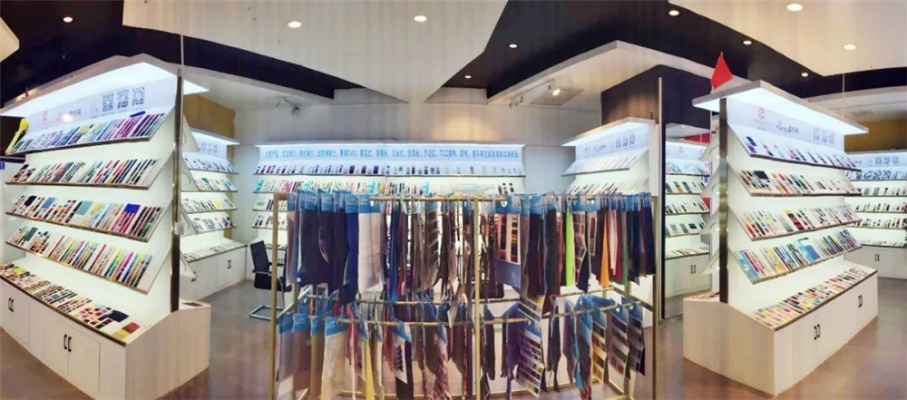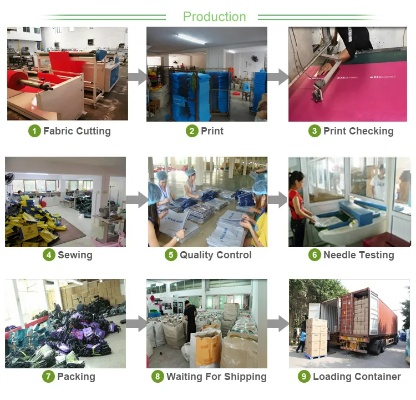The Challenges of Textile Antimicrobial Treatment
Introduction: The textile industry is a crucial sector, responsible for producing clothing, bedding, and other consumer goods. However, one of the most pressing challenges facing this industry is the ability to effectively treat textiles with antimicrobial properties. This topic is not only important from a health standpoint but also from an economic perspective, as it impacts product quality, durability, and overall consumer satisfaction. In this article, we will explore the difficulties associated with textile antimicrobial treatment and provide insights into some successful cases.

Difficulties in Textile Antimicrobial Treatment:
-
Material Properties: Textile materials are often made from natural fibers such as cotton, wool, and silk. These materials have unique properties that can make them challenging to treat with antimicrobial agents. For example, natural fibers may absorb or release antimicrobial compounds over time, leading to reduced effectiveness or uneven distribution.
-
Chemical Stability: Many antimicrobial agents used in textile treatments are chemical compounds that can degrade or lose their efficacy over time. This means that they need to be applied frequently or reapplied to maintain their effectiveness, which can be costly and labor-intensive.
-
Environmental Impact: The production of antimicrobial agents can have negative environmental impacts, including the use of harmful chemicals and waste disposal issues. Additionally, some antimicrobial treatments may not be biodegradable, contributing to pollution and harming aquatic ecosystems.
-
Economic Costs: Developing and implementing effective antimicrobial treatments can be expensive due to the high costs of research and development, as well as the need for specialized equipment and expertise. Furthermore, the cost of maintaining these treatments over time can add significant financial burdens to both manufacturers and consumers.
-
Regulatory Compliance: Implementing antimicrobial treatments requires compliance with strict regulatory standards set by various government agencies around the world. This can be complex and time-consuming, especially for smaller businesses or those operating outside of developed markets.
Successful Case Studies:
-
Lycra® Antimicrobial Treatment: Lycra® is a brand of polyester fabric that has been treated with a combination of silver nanoparticles and zinc oxide. This treatment has been shown to significantly reduce the growth of bacteria on the fabric, providing improved hygiene and comfort for wearers. The success of this treatment can be attributed to its ability to penetrate the fabric's surface and create a long-lasting antimicrobial barrier.
-
Oeko-Tex Standard 100 Certified Products: Oeko-Tex Standard 100 Certification is a global standard for textile products that ensures that they meet certain criteria related to water resistance and microorganism growth. Many high-end fashion brands have adopted this certification, as it provides customers with assurance that their products are free from harmful bacteria and fungi. By following this standard, companies can avoid potential legal liabilities and improve their reputation among consumers.
Conclusion: Textile antimicrobial treatment presents a significant challenge for the industry, as it requires addressing material properties, chemical stability, environmental impact, economic costs, and regulatory compliance. Despite these difficulties, there are examples of successful implementations, such as Lycra® and Oeko-Tex Standard 100 Certified products, that demonstrate the potential of this technology to improve the hygiene and safety of textiles. As research and innovation continue to advance, we can expect to see further advancements in the field of textile antimicrobial treatment, ultimately benefiting both consumers and the environment.
随着人们对健康和生活品质的追求不断提高,纺织品作为日常生活中的必需品,其抗菌性能也日益受到关注,纺织品抗菌处理的困难问题仍然存在,特别是在实际操作中面临诸多挑战,本文将通过英文案例说明和表格分析,深入探讨纺织品抗菌处理的困难及其应对策略。
纺织品抗菌处理的困难
技术研发难度大
纺织品抗菌处理技术还处于发展阶段,技术研发难度较大,抗菌剂的选择和性能评估需要综合考虑多种因素,如抗菌效果、安全性、环保性等;纺织品生产工艺复杂,需要精确控制各种参数,以确保抗菌效果持久且不影响纺织品的其他性能。

成本较高
纺织品抗菌处理需要投入大量的研发和生产成本,抗菌剂的开发需要投入大量资金和时间;生产过程中的环保要求较高,需要采用先进的生产工艺和设备,这也会增加生产成本。
行业标准不一
不同国家和地区对纺织品抗菌处理的标准和要求存在差异,一些国家和地区可能对纺织品抗菌处理有较为严格的法规和标准,而另一些国家和地区则相对宽松,这导致在实际操作中,不同品牌、不同制造商的产品可能存在差异,难以统一标准。
英文案例说明
以某知名品牌纺织品为例,该品牌在抗菌处理方面采用了先进的生产工艺和技术,该品牌采用了特定的抗菌剂,经过严格的研发和测试,确保其具有高效、持久、安全的抗菌效果,该品牌还注重环保生产,采用先进的生产工艺和设备,确保生产过程中的环保要求得到满足,在实际操作中,仍存在一些困难和挑战。
技术研发难度大
该品牌在研发过程中遇到了技术难题,抗菌剂的性能评估需要综合考虑多种因素,如抗菌效果、安全性、耐久性等;纺织品生产工艺复杂,需要精确控制各种参数,该品牌还需要不断优化生产工艺和设备,以提高生产效率和产品质量。
成本较高
该品牌的纺织品抗菌处理成本较高,主要是由于技术研发和生产成本较高,抗菌剂的开发需要投入大量资金和时间;生产过程中的环保要求也需要考虑,该品牌还需要考虑市场价格竞争和消费者需求等因素。
表格补充说明
以下是关于纺织品抗菌处理的表格补充说明:
| 指标 | 具体说明 | 相关数据 |
|---|---|---|
| 技术研发难度 | 涉及多个因素的综合考量 | 该品牌在技术研发过程中遇到了技术难题 |
| 成本因素 | 高昂的研发成本和生产成本 | 该品牌的纺织品抗菌处理成本较高 |
| 行业标准 | 不一致的标准和要求 | 不同国家和地区对纺织品抗菌处理的标准和要求存在差异 |
| 成功案例 | 其他知名品牌采用类似工艺处理纺织品的情况 | 可以参考相关文献或市场调研数据 |
| 问题与挑战 | 实际操作中的困难与挑战 | 如行业标准不一、产品质量不稳定等 |
应对策略
针对纺织品抗菌处理的困难和挑战,可以采取以下应对策略:
- 加强技术研发和创新:加大研发投入,积极引进先进技术和管理经验,提高技术研发能力和创新能力,加强与科研机构的合作,共同推动纺织品抗菌技术的进步和发展。
- 提高标准统一性:加强国际合作和交流,推动不同国家和地区对纺织品抗菌处理的标准和要求的统一性,加强市场监管和自律机制的建设,规范市场秩序和产品质量标准。
- 加强市场推广和应用:加强宣传和教育,提高消费者对纺织品抗菌处理的认知度和接受度,加强市场推广和应用力度,推动纺织品抗菌产品在各个领域的应用和发展。
Articles related to the knowledge points of this article:



